Heading out to explore the Caucasus region with an adventure rally is great. But what can you expect, you know, financially? To reassure everyone: Your Caucasian Challenge adventure will not drain your resources. The Caucasus region is not a particularly expensive area. However, if you don’t come prepared, money in the Caucasus can still give you trouble.
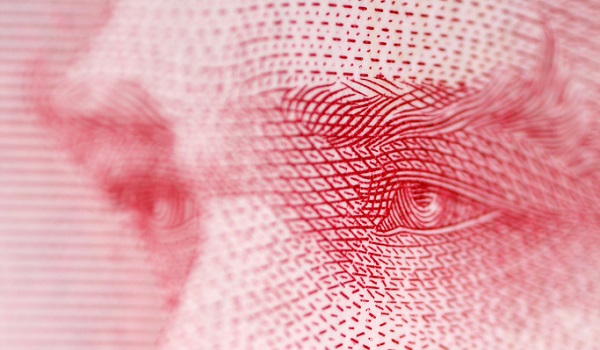
- Turkish liras you must keep an eye on. Photo by Quinn Dombrowski.
The Caucasian Challenge is not a luxury cruise, that’s not what an adventurer would be after, is it? You get your excitement, travel, culture and party at a very reasonable price. Our different packages help you optimize your wow-for-dollar even more. Services, accommodation, food are cheap (though it may vary by regions and countries we pass). But be prepared, the different countries have different currencies, different fees. Though our travel scientists and your fellow racers will sure help you out, it’s better to be prepared than to find out the problem too late.
Turkish Lira
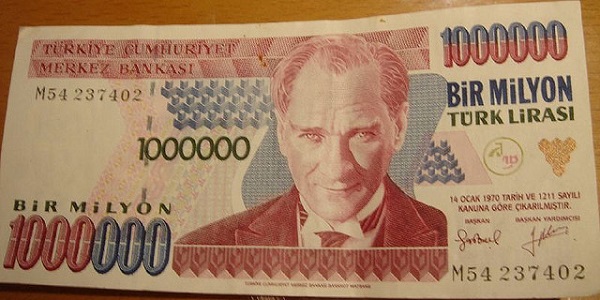
- 1 million old liras are worth 1 new lira now . Photo by David Lisbona.
Turkish lira is a decent currency now, but it didn’t use to be before the 2005 re-denomination. Before they basically cut off six zeros from the end of each unit, the lira used to be the least valuable currency of the world. With January 1, 2005 1 new Turkish lira (TRY) was made equal to 1 million old liras (TRL). Just imagine the size of stacks of money we would have to carry around..
We set out from Istanbul, which is a huge metropolis, and as such, quite expensive. Not like London or New York, but this is where you most need to mind your expenses during the whole trip. Fortunately you should still be well rested and quite responsible at this point. As in most countries, the rural areas are a lot cheaper, so expenses decrease. All except bribes, which tend to grow further from hubs of civilization, and closer to the Caucasus region.
Georgian Lari
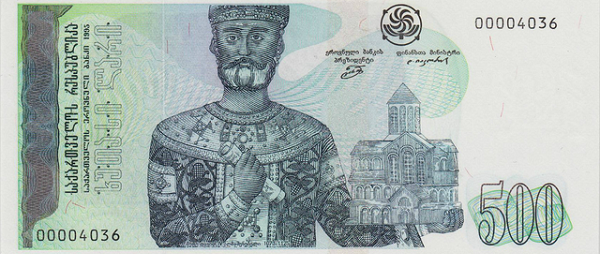
- A 500 lari bill is way too big, carry 20s or 50s instead. Photo by Wikipedia.
Georgia has also had its share of traumatizing inflation and drastic monetary measures. After the collapse of the Soviet Union, and the 1993 ending of the ruble system, the country’s makeshift currency, the kupon suffered the worst hyperinflation in all the ex-Soviet states. Seriously, how can you name a currency a “coupon” and expect it to be taken seriously? In 1995 the new lari was finally introduced.
Like other states in the Caucasus region, Georgia is not an expensive country either. Remember, trying to bribe an official will most likely get you into trouble here! It doesn’t mean people don’t expect to be offered money for services. Bank services are good in cities and towns, but not in the mountains where we drive so much.. So you should always keep some cash with you.
Armenian Dram
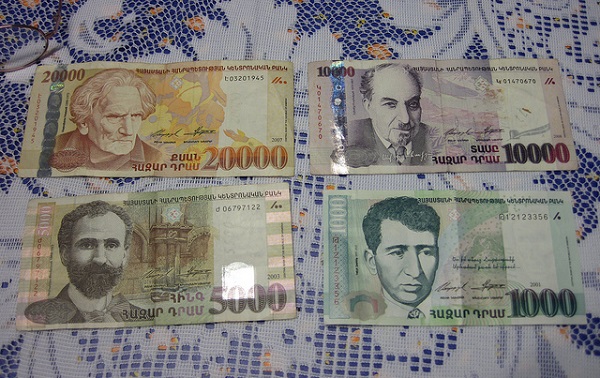
- Lots of zeros after Georgia. Dram is the lowest value currency in the Caucasus region. Photo by Crispin Semmens.
The only country in the Caucasus region, Armenia was lucky enough to avoid a great hyperinflation. When the ruble-zone ended in 1993, Armenia had been prepared to introduce its own currency, the dram. Since no re-denomination happened, inflation of 30 years has accumulated, and the dram has the smallest value of all the currencies we pass. The numbers on price tags are a big jump as you cross the border from Georgia – about 200 times higher! If you calculate though the country is not expensive at all.
The dram is also accepted in Mountain-Karabakh, the beautiful area of controversial status. This state is only recognized by a handful of countries. It is really the wasp nest of the Caucasus region, and the source of great tension between Armenia and Azerbaijan. Nagorno-Karabakh drams, which are valued 1:1 are accepted in Armenia as well. Especially in Nagorno-Karabakh be prepared to grease quite a few palms, which will make everything a lot smoother. As usual in the Caucasus region, however, this does not cost a lot.
General Money Rules in the Caucasus Region
- We are in the 21st century; banks and ATMs can be found often enough. We are in the 21st century, yes, you won’t be robbed by bandits in the Caucasus region. But driving around with unnecessarily large amount of cash is just another factor that can go wrong.
- Don’t change money at home, before travelling to Istanbul. Converting to these “exotic”, rare currencies is complicated and you get a very bad rate.
- Have an international bank card (duh!). Withdraw in the local currency when arriving in the country. When the ATM asks you, always have it charge your account in the local currency, as the conversion rate will be much better this way.
- Keep some cash with you as security stock. Local currency, when available, but dollars or euros are just as widely accepted, even more trusted in the Caucasus region. You never know when you might run into some unexpected expense. This will not be as costly as back at home, but without money it might be difficult.
- Don’t have your money in big denominations though, especially not dollars or euros! When a deal is done, you are not likely to get back change, and definitely not in western currency.
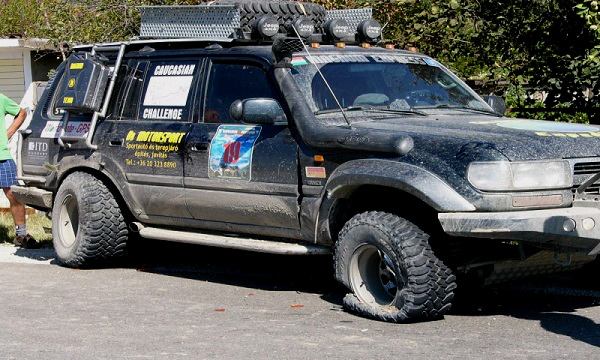
- Yes, that was us.. When this happens in the Caucasus region, some local help-for-hire will appear! Photo by Caucasian Challenge.
All in all, you needn’t be afraid of running into too much expense during the Caucasian Challenge. It is not an expensive part of the world. Be prepared with some reserves, but you’re most likely to take it home with you. If you don’t want to buy some great souvenir in Yerevan, that is.
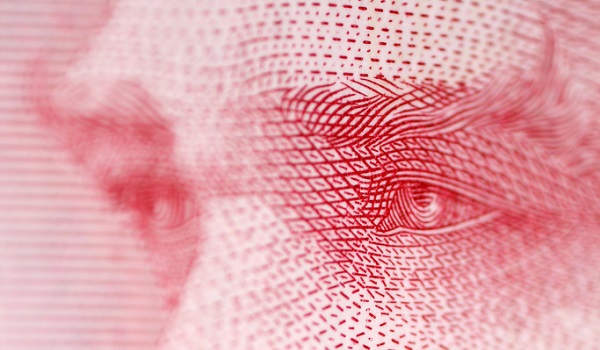
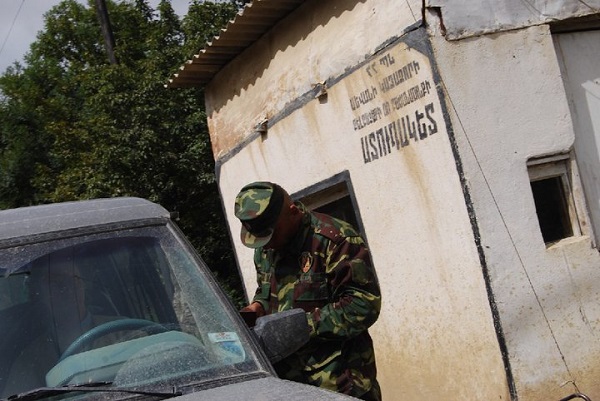
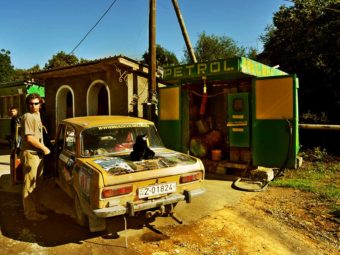
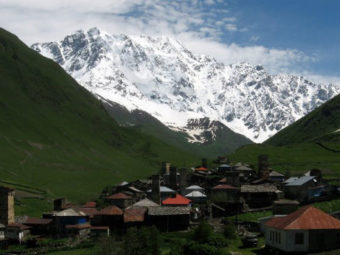

Leave a Reply